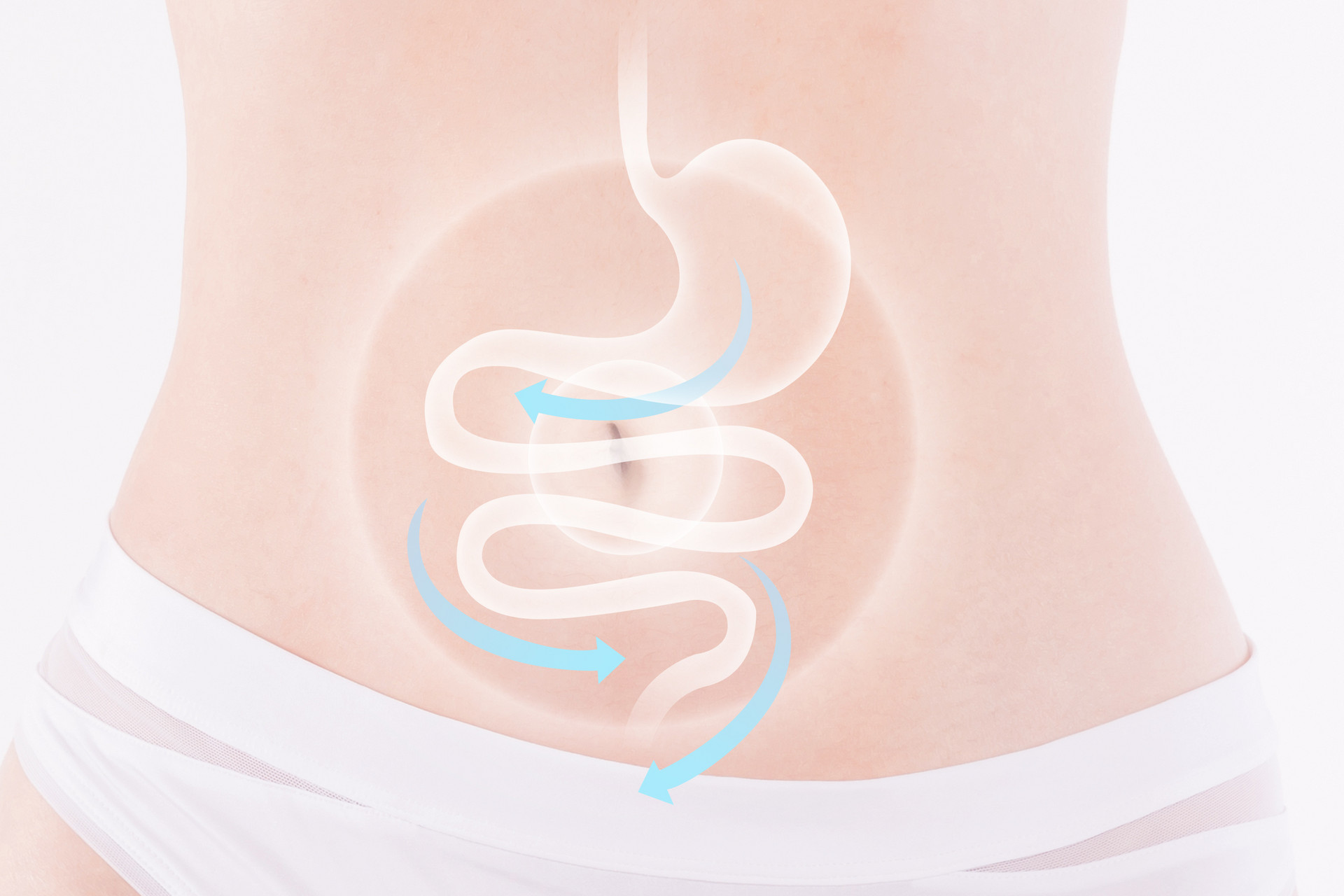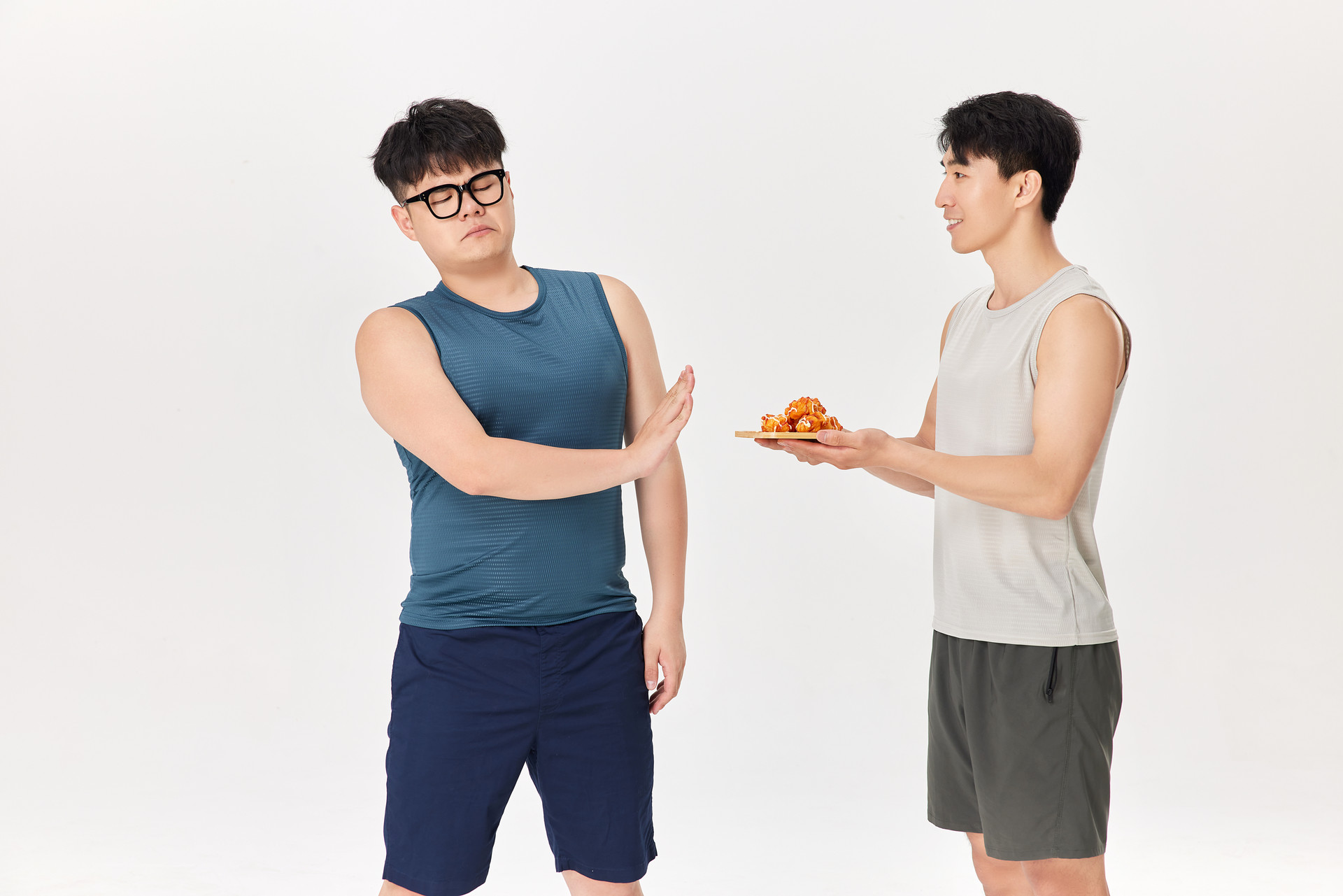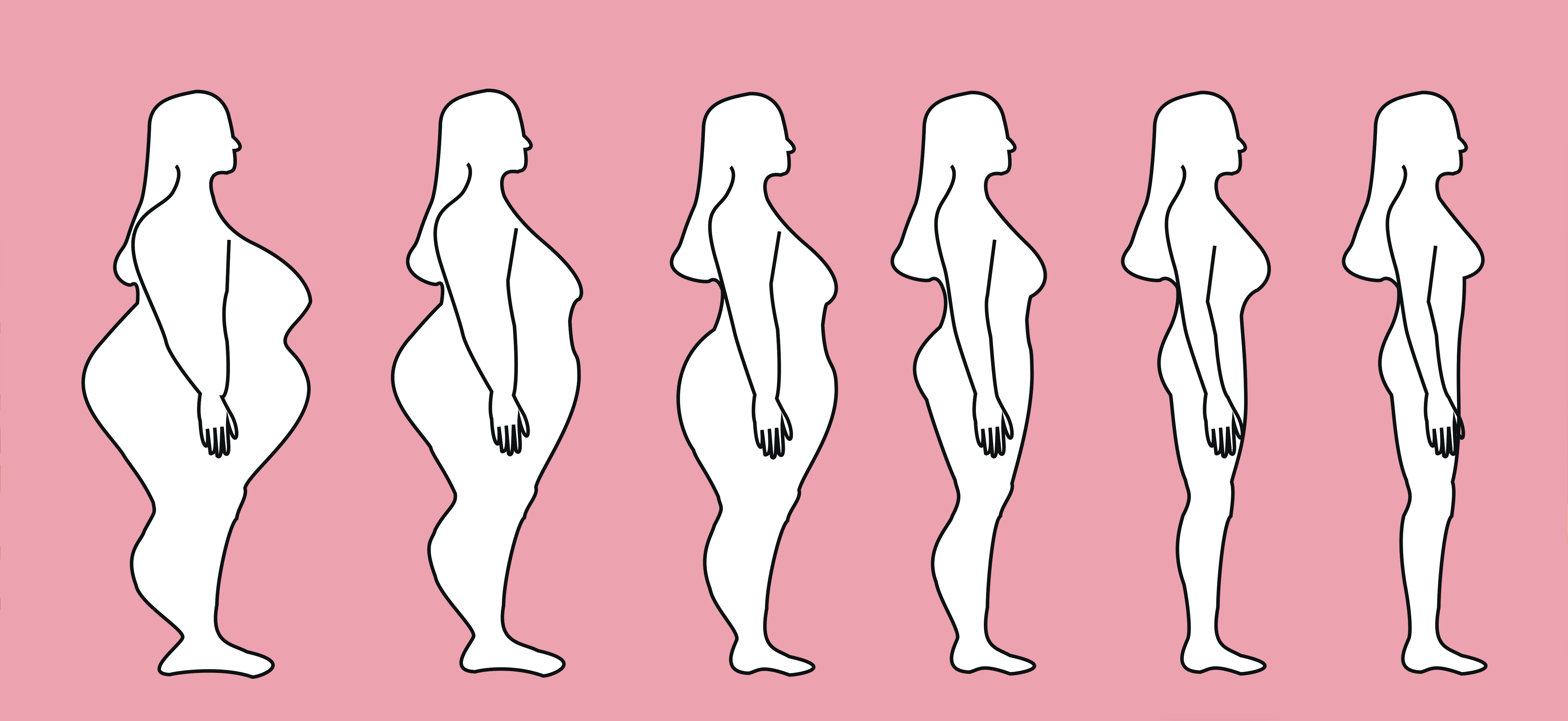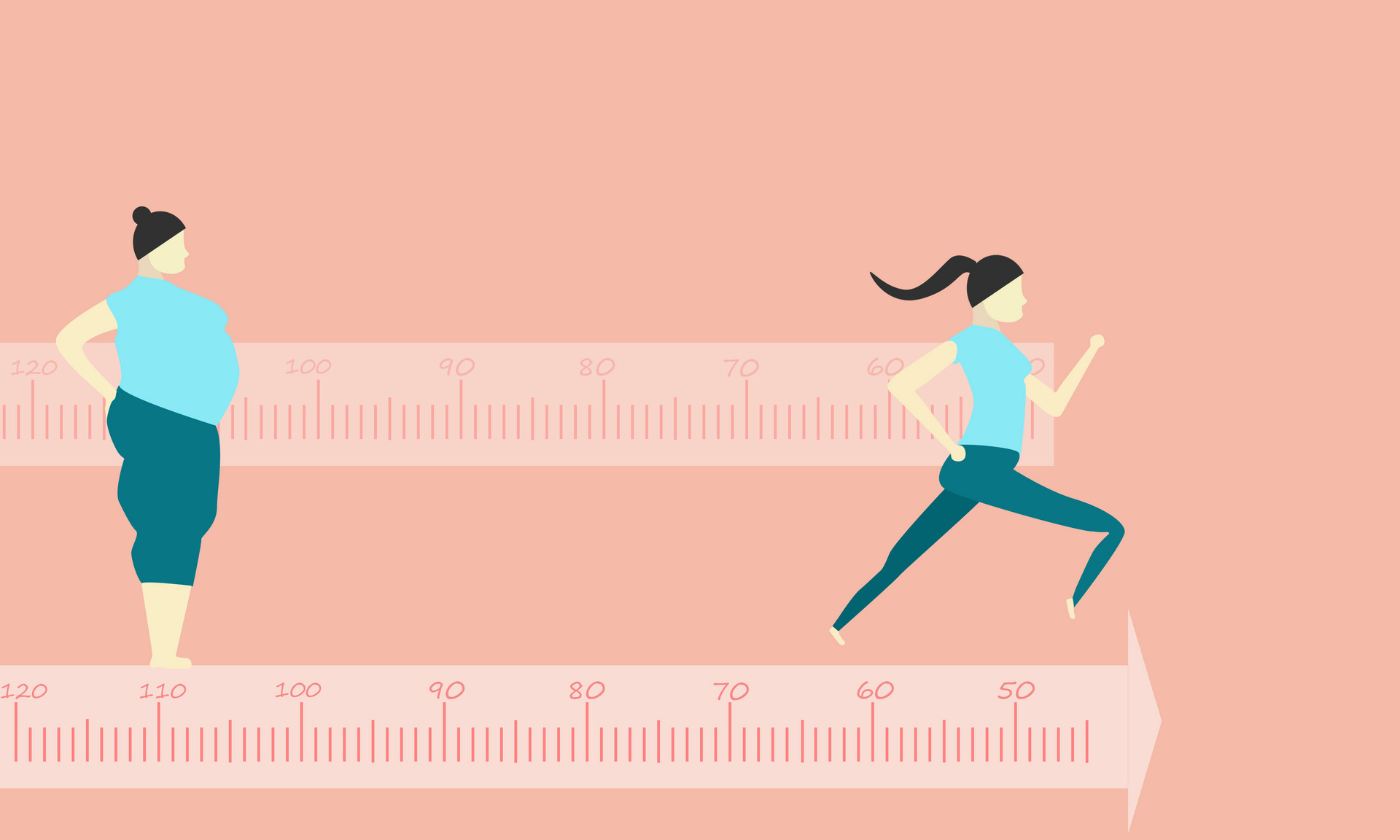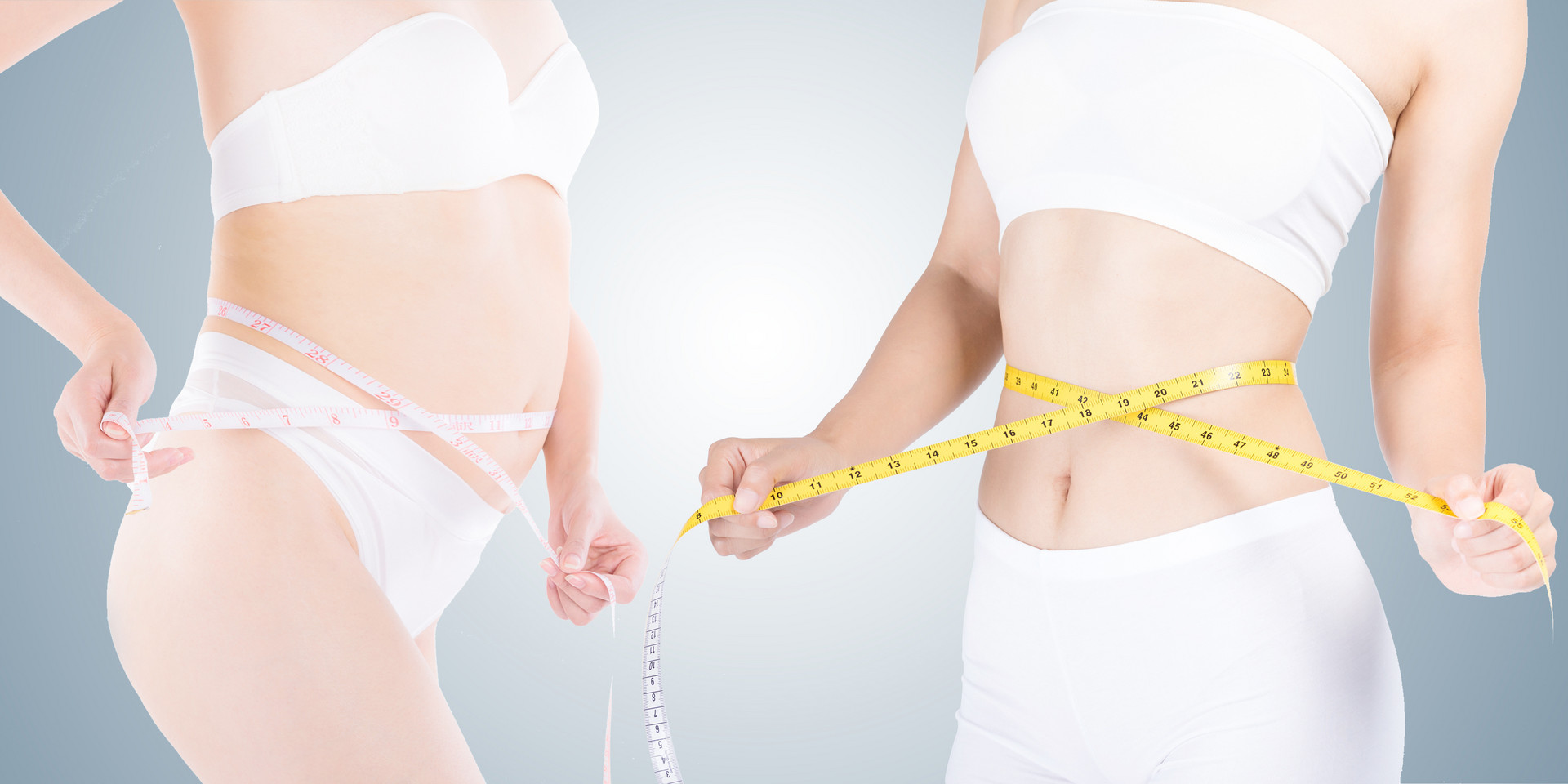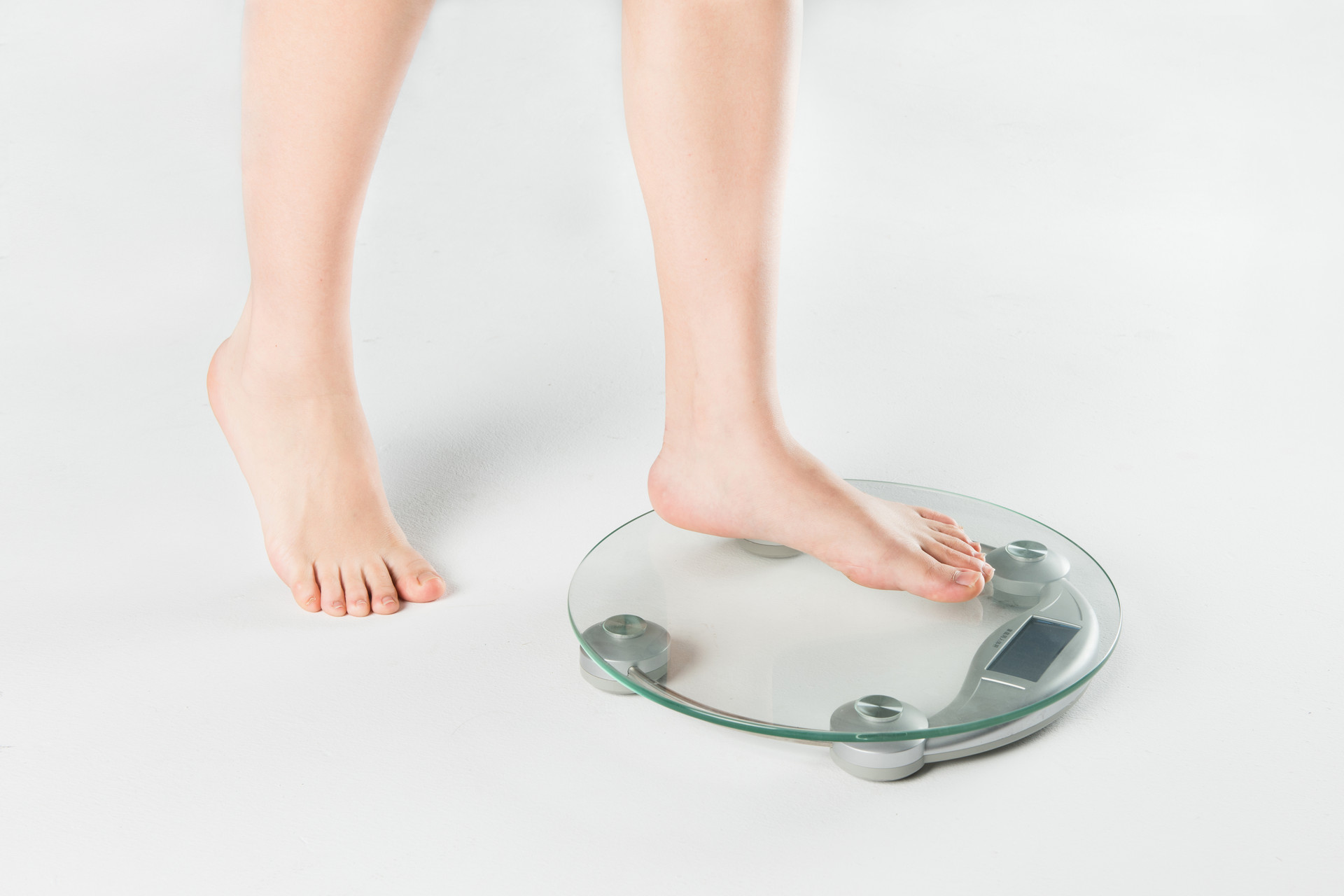Post-Spring Festival Weight Loss Misconceptions
After the Spring Festival, it's inevitable to gain some weight. How to lose the extra pounds? This has become the goal for many people after the holiday. What are the misconceptions to avoid when trying to lose weight after the Spring Festival?
Misconception 1: Eating Vegetarian Food Excessively
Many people believe that after indulging in greasy food during the Chinese New Year, they should make a 180-degree adjustment and consume a large amount of corn, celery, leeks, and other vegetables to balance the oil intake. However, experts explain that eating excessive vegetarian food after the holiday can cause more harm to the digestive system.
According to the normal process of digestion, absorption, and metabolism in the human body, the food consumed during the Spring Festival has already completed its cycle. Eating a lot of oats, corn, celery, leeks, and other vegetarian food after the holiday, which contains a considerable amount of insoluble fiber, can cause delayed gastric emptying, resulting in bloating, early satiety, indigestion, decreased appetite, and even affecting the next meal, further burdening the already overworked digestive system.
Recommendation: Experts suggest that excessive vegetarian diet after the holiday is not recommended. It is better to softly land the excess nutrients consumed during the Spring Festival and return to normal balanced eating habits.
Misconception 2: Excessive Intake of Dietary Supplements
After going back to work after the holiday, many female office workers may feel fatigued and turn to various supplements such as vitamin A and vitamin D, which are known to have anti-fatigue effects.
Doctors believe that most people do not suffer from severe nutrient deficiencies through normal diet. If they continue to take excessive amounts of supplements, including vitamins and trace elements, most of them will not be directly absorbed by the body and will only increase the burden on the liver. Some supplements containing rich iron and vitamins A and D cannot be effectively eliminated by the liver, and over time, they can accumulate in the liver, causing toxic side effects such as liver cirrhosis and hepatosplenomegaly.
Recommendation: Doctors suggest that it is best not to self-administer dietary supplements without professional guidance or unless there is a need for medication due to excessive fatigue. It is better to exercise moderately, adjust the biological clock, and relax the mind.
Misconception 3: Crash Dieting
After the short Spring Festival holiday, many people find that their waistline has expanded and their weight has increased. They may be tempted to go on a crash diet and increase the intensity and duration of their exercise to lose weight quickly.
Doctors say that this kind of intense exercise, especially for people who are not used to exercising, puts a heavy strain on the body, especially the heart. It can cause unstable blood pressure and increase the risk of injury to stiff joints and muscles. While it may result in weight loss, it can also cause damage to the heart.
Recommendation: Doctors suggest that a comprehensive plan should be made for post-holiday weight loss, such as exercising for 1 to 2 hours each time, within the body's tolerance, focusing on aerobic exercises like jogging, skipping rope, and swimming, and supplementing with appropriate strength training.
Experts remind that weight loss should not be pursued blindly for speed. Losing 0.5 to 1 kilogram per week and no more than 3 kilograms per month is less likely to result in rebound weight gain and is more beneficial for overall health.
Misconception 4: Skipping Meals for Weight Loss
Some people believe that skipping a meal can reduce calorie intake and help with weight loss. However, skipping a meal and then succumbing to hunger pangs by eating a few cookies or cakes can result in consuming more calories than a regular meal.
The ultimate goal of dieting for weight loss is to control excessive calorie intake, not to blindly avoid eating. It is important to create a scientifically controlled calorie intake with a nutritionally balanced diet plan and complement it with appropriate exercise to achieve healthy weight loss.
Misconception 5: Detox Products for Quick Weight Loss
Some people who are eager to lose weight are enthusiastic about using "detox" products. However, most "detox" products are stimulant laxatives that accelerate intestinal peristalsis to quickly eliminate waste from the body. Repeated diarrhea caused by this kind of stimulation can leave long-term damage to the digestive system.
What to Pay Attention to When Trying to Lose Weight After the Spring Festival
Misconception 6: Daily Walking for Weight Loss
Some people believe that walking can help with weight loss, but they find that no matter how much they walk, they can't lose weight. The reason may be that they consider post-meal walks as their daily exercise. The correct approach is to engage in brisk walking for at least 15 to 20 minutes daily for effective weight loss.
After a brisk walking exercise, it is important to remember to relax the muscles throughout the body. This can promote blood circulation and continue burning fat. Experts suggest that to achieve weight loss, meals should be evenly distributed throughout the day, avoiding late-night snacks and refraining from eating at least 4 hours before bedtime, as food is more likely to be stored as fat.
Meals should consist of low-fat foods, with an emphasis on protein intake through low-fat fish and skimmed milk. Eating vegetables with high fiber content and low calorie content, such as leeks, winter melon, and cucumber, is recommended. It is also beneficial to consume fruits with a low glycemic index, such as apples, pears, and grapefruits.
Post-Spring Festival Weight Loss Methods
1. Super Sit-ups
People with abdominal obesity can do super sit-ups, which are highly effective in reducing abdominal fat. To perform this exercise, lie on the edge of a bed with your face up, with your hips hanging off the edge. Gradually bend your knees and place your thighs above your abdomen. Place your hands horizontally on both sides of your body, with your palms under your hips. Then, use your abdominal muscles to lift your legs, straightening them slowly to a count of 10. Make sure your toes are pointing up and your body is in a straight line at the top. After completing the lift, pause briefly at the top, then bend your knees to return your thighs to the starting position, counting to 5. Throughout the exercise, keep your back, shoulders, and arms relaxed, focusing the effort on your abdominal muscles. The number of repetitions can be determined based on individual physical condition.
2. Abdominal Breathing Walking
People with abdominal obesity can also use abdominal breathing to do abdominal contraction walking. The technique is to fully expand the abdomen when inhaling and contract the abdomen as much as possible when exhaling. This helps stimulate intestinal peristalsis, promote the elimination of waste from the body, and increase lung capacity. When doing abdominal breathing walking, focus on the following method: when walking or standing, consciously contract and relax the abdomen with each breath, which will help tone the abdominal muscles. It may take some time to get used to this technique, but with regular reminders to contract the abdomen while walking, the goal of weight loss can be achieved. After a few weeks of persistence, not only will the abdomen become flatter, but the walking posture will also become more graceful.
3. Chair Weight Loss Training
Suitable for office workers, chair weight loss training involves sitting on the edge of a chair with both hands holding onto the backrest as if sliding off the chair. Relax the body as much as possible and slump the waist to make it as close to the seat as possible. Then, alternate between pedaling motions with the feet, ensuring relaxation of the leg muscles. During the exercise, one foot should be extended downward as low as possible without touching the ground, while the other foot should be bent upward as high as possible. Alternatively, both legs can be bent upward and extended downward simultaneously. During these movements, the waist should be pressed as close to the seat as possible. These exercises should be performed for 1 to 2 sets daily, with each set consisting of no fewer than 20 repetitions.
4. Massage
In addition to exercise, massage is a commonly used and simple weight loss method. It mainly involves kneading and other actions, combined with weight loss massage creams, to reduce the body's fat content. Massage can increase skin temperature, leading to a significant calorie consumption, promote intestinal peristalsis, and improve blood circulation, facilitating the elimination of excess water. The basic method of massage is to start from the navel and make circular movements, first massaging the right side and then the left side. Massage once a day, with each side massaged for 30 to 50 times.


